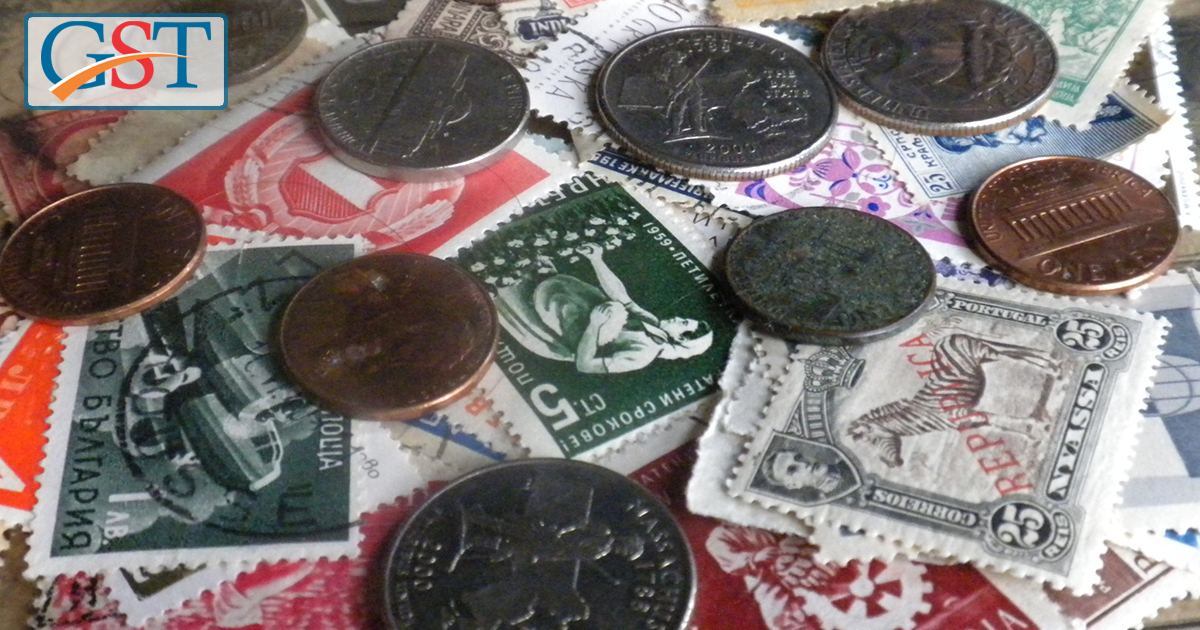People who are interested in collecting stamps and coins have sent a letter to the finance minister Arun Jaitley. They requested to Arun Jaitley that their hobbies should not be kept under the slab rate of 28 percent tax on Goods and Services Tax. These people are scared that the collection of items which includes stamps, paintings, coins and antique items may be categorized under ‘unclassified goods’ and it will be imposed with highest GST rates.
Siddharth Bothara, Vice President of All India Philatelists Association said that “We are aware that the government and the finance minister have too much on their plate on GST but a tax would be a death blow for the stamp or coin collectors.” He added that “If in case high- value stamps are included, all collectors prefer to undergo a transparent process and they will have to pay taxes under GST.”
A stamp bearing the likeness of Mahatma Gandhi picture was sold for Rs 4 crore in 1948. If 28 percent GST will be imposed on stamps or collectable, then the price of the picture would enhance by about Rs 1 crore, if the worst fears of collectors are realised.
Dinesh Kanabar, CEO of tax consultant Dhruva Advisors and an avid stamp collector said that “The issue of applicable rate of GST to transactions is assuming significant importance, like potentially a transaction of dealing in items which are hobbies, like philately and coin collection.”
He added, “Under GST compliance, these items or things may be categorized under unclassified goods and subjected to a high GST, which could significantly affect the hobbyists.”
Experts said that Under GST Regime, an exchange is regarded as transaction. However, plotting the value of such transactions can be hard because the object may be unusual and in such a case here will be no benchmark for comparison.
Read Also: Business Growing Ideas for Accounting Firms Based on GST India
Partner and head, indirect tax, KPMG in India, Sachin Menon said that “Not just buying or selling of stamps or coins but even exchanging those by an individual or a gallery would come under GST’s gamut. However, this can be implemented only if one of those individuals involved is registered and conducting these exchanges or buying, selling openly, and may not be effective in the grey market.”
Yet the government has not declared the categories of such products or not stated which items will fall under the 28 per cent slab.
Currently, a common man who buys and sell collectible items (paintings, items, and coins)at the auction are not taxed. However, many buyers, especially Paintings, deal with their family offices or companies to avoid tax.











I had collected Indian coins which were becoming unacceptable in the market such as Naya paisa coins, and rupee coins that had different “Heads” such as famous Indians etc.. learning that some of these coins may have a good value, I thought of offering them for sale/auction through online. But I find that I should register for GSTN. I am a 90-year-old man and do not run a company. After selling these coins, I will not try to go into the business of buying and selling coins or anything else.
I feel there should be clauses for people like me to include any income over a certain amount in a year, say Rs.50000 in the It return instead of acquiring a GSTN meant for business houses.